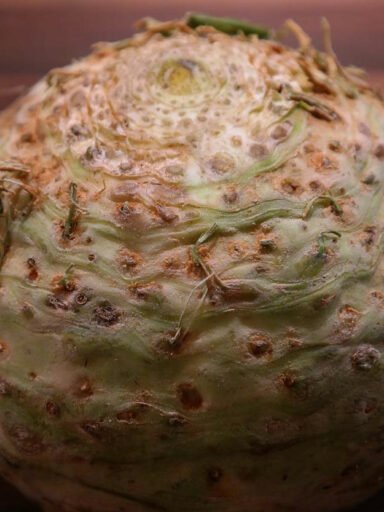Fruits are the seed-bearing parts of flowing plants. They are formed from the ovary after the flowers have been fertilized.
They are a major part of man’s diet and form a huge part of the global agricultural output. As far as plants are concerned they are the means by which plants distribute their seeds. This happens when these structures with seeds are eaten and later dispersed in a different location.
It is good to note that there are also seedless fruits in nature such as pineapple and banana.
How are Fruits Prepared?
Fruits are generally eaten raw and some can be cooked and prepared in dishes ranging from starters and salad to dessert preparations. The most common consumption method of fruits is to eat them raw or processed into juice. They can also be eaten with dry raisins (dried grapes). They tend to be high in zinc, selenium, iron, calcium, and manganese.
Fruits tend to be sweet or sour in nature and mostly contain a fleshy pulp that contains juices and nutrients. Some of them contain edible skin.
Nutritional Value
Fresh varieties are generally high in fiber, vitamin C, and water. They are a source of simple sugars and tend to be low in calories. Depending on the type, other minerals and vitamins, antioxidants, and more can be found in them. An example is the richness of potassium in bananas. They are also essential in keeping the human body free from diseases and poor health.
They can be grouped into different categories which for our purposes may not be of significant benefit other than a mention as follows:
True berries such as grapes, blueberries, blackcurrant, etc. Then there are pepo fruits such as melons and pumpkins. Hesperidium or citrus fruits such as orange and lemon. We can then talk about Aggregate types like raspberry and blackberry. Multiple types like apple and fig. Finally, there are the accessories fruits like pineapple and strawberry.




